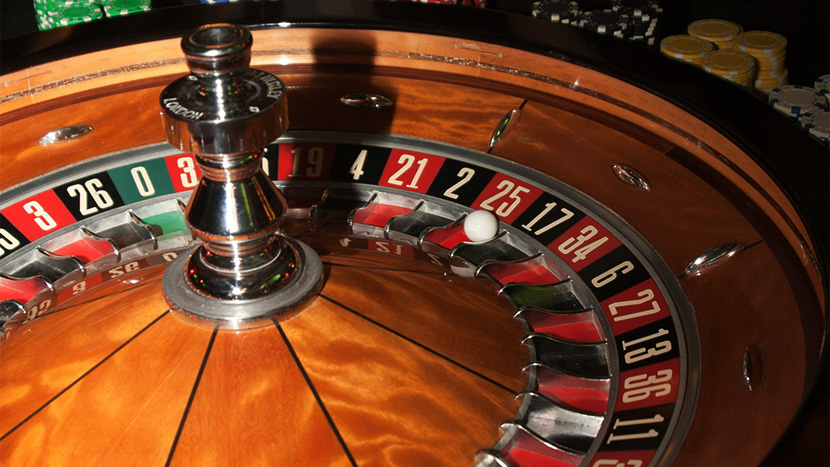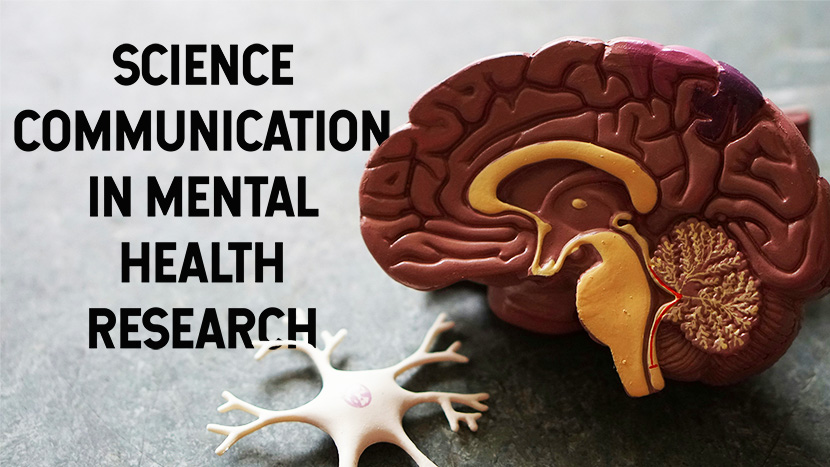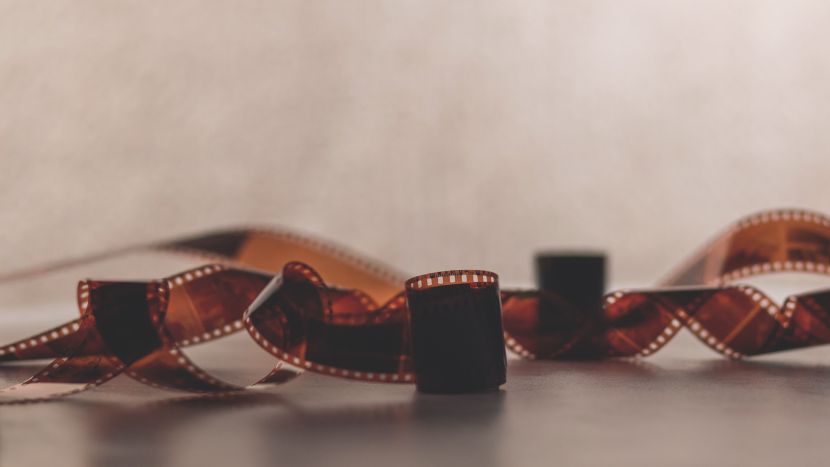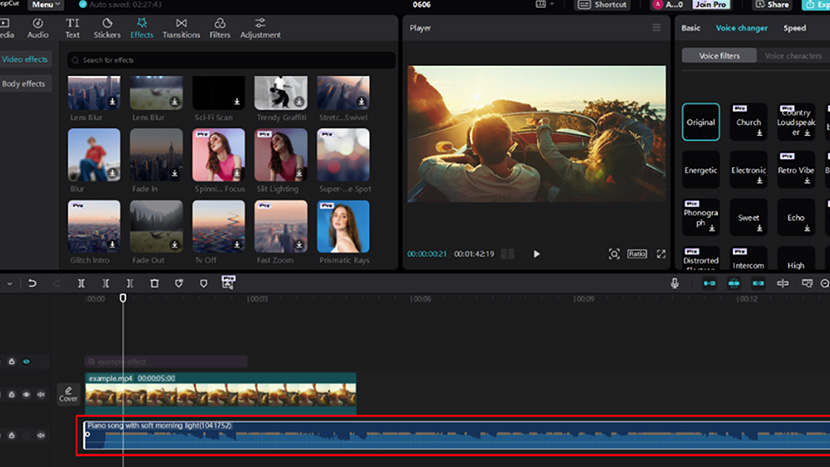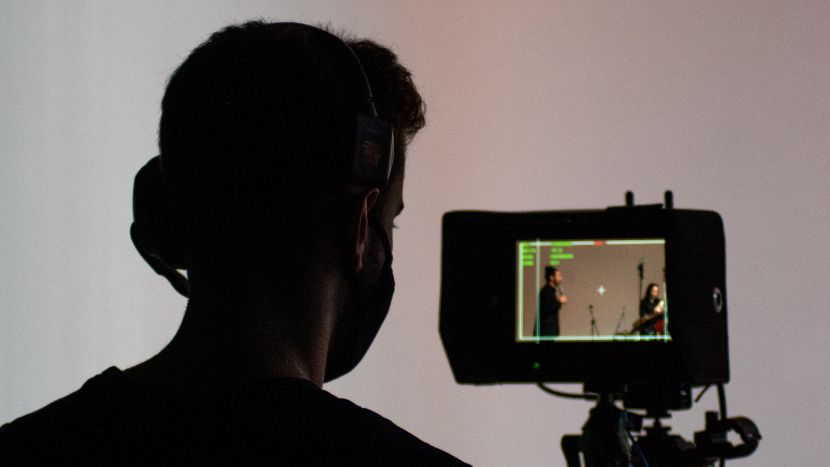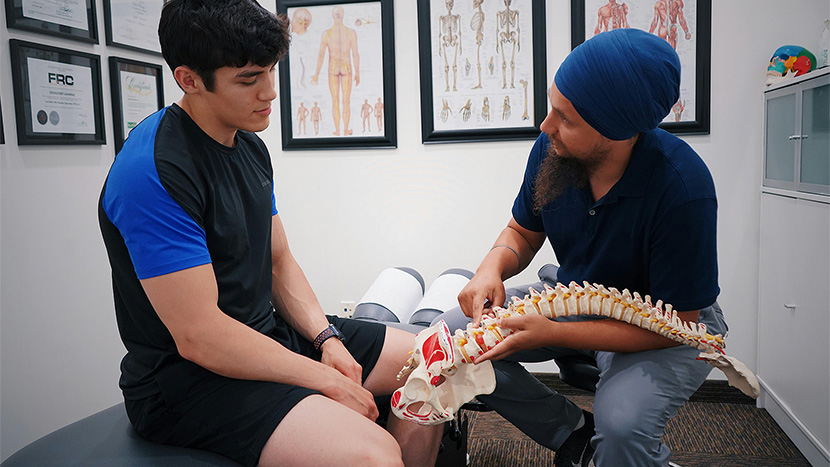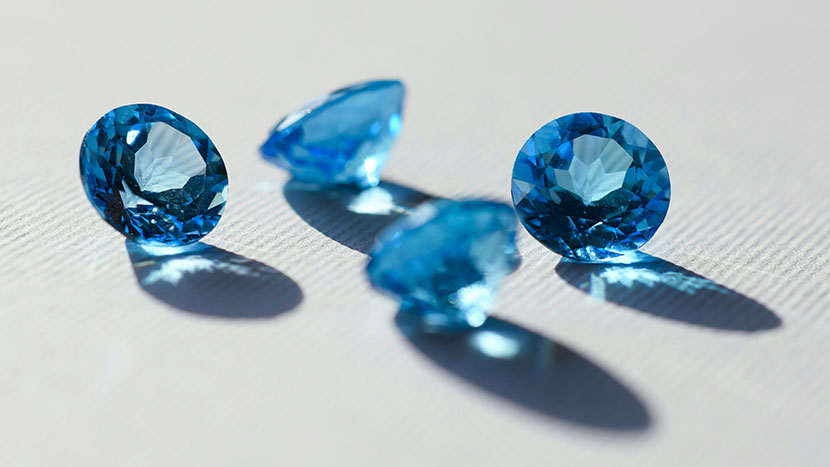We all know Vegas as the place to live a little lavishly, tour celebrity-chef-owned restaurants and, of course, hit up the casinos.
Sure, it’s worth going for the fountains, the shows, the street performers and the rollercoaster alone, but Vegas is practically synonymous with gambling. It is where people can play casino games while also conversing with a Roman Gladiator, and, let’s face it, that’s why most of us go there. In fact, every year, the city gets around 45 million visitors, many of whom are online or traditional casino fans, looking to hone their skills in venues like Caesars Palace or Park MGM.
But it’s not just about the casino floor. If you happened to find yourself in Las Vegas between 25th to 28th of April, first of all, lucky you – or unlucky, depending on how you did at the casinos! Secondly, you likely came across a bit of a buzz radiating from the Orleans Hotel and Casino, which was hosting the 2024 Indie Vegas Film Festival.
This festival is a celebration of independent cinema, showcasing films from emerging filmmakers and providing a platform for them to show their masterpieces, connect with fans, and liaise with other fellow creatives. It is a grand old age of one-years-old, with the festival making its debut this year to a roaring reception. Because it’s so young, it could be that you haven’t heard of it, so we wanted to give you a little snapshot into the festival, what it is, why it’s good, and why you should go to the next one when it undoubtedly returns in 2025 springtime.
What is the Indie Film Festival in Vegas?
Vegas is a whirlwind of activity, but not just for gamblers. For creative types, it’s also become a haven of artistic expression and innovation, with world-class shows, concerts, and performances being put on every day of the year. The Indie Vegas Film Festival looks to capitalise on this, celebrating filmmakers who might not be playing in the Regal Rock Stadium or AMC Town Square, but likely will be in the near future. For these filmmakers, the festival gives them the chance to walk the red carpet and celebrate their success with multiple short films and regular films shown over a period of four days.
What Films Were Shown?
As mentioned before, the debut Indie Vegas Film Festival was a roaring success, with some big features that raised the roof of the Century Orleans. One of the first films to be shown, for instance, was Ancient Lands and Lives: Above the Grand Canyon Rims, which is an original docu-music video that beautifully integrates music with images to tell a unique, interesting story. Following on from that film was Walter’s Bad Boy and Foundling: The Untold Story, two more pieces that perfectly demonstrated the talents of these young directors and writers and hinted at how the Vegas film landscape will look in a few years time. Other impressive highlights included:
- The Break
- Remnant
- You Should Smile More
- When it Pays
- Vicarious Living
- Memories Never Die
- Finding Dan
- The Method
- Bay for Blood
- How We Got Here
Why It’s Good
As mentioned before, this film festival gave indie filmmakers the chance to walk the red carpet and have their films presented in one of the most creative, glamorous cities in the world. It didn’t just celebrate directors, either. It celebrated sound designers, costume designers, cinematographers, choreographers, and many more.
Writers, too, were able to take centre stage. With the conversation around creativity and writers rights – being a hot topic throughout 2023 – this was an important moment to show Vegas why writers should be cherished for the quality work that they can produce. Without writers, there would be no films, and the festival made that clear by giving them their time in the sun. For visitors to the city, this was also an opportunity to mix up their experience and do something a little more different – of course, anyone can go to Vegas and watch Penn & Teller do some brilliant magic tricks, but sometimes it’s nice to vary a trip like this, especially if it supports budding filmmakers trying to get their break.
Attending the Indie Vegas Film Festival
So if you’re heading to Vegas in 2025, we’d highly recommend you attend next year’s festival. While not many details have been released about it, we can’t imagine organisers would pass up the opportunity to go again, especially given the potential a festival like this has. So make sure you pack your bags, feel free to do all the things that Vegas is known for – watching the best shows, concerts, playing at the casinos – but remember to keep your eye out in case you’re in time for round 2!




